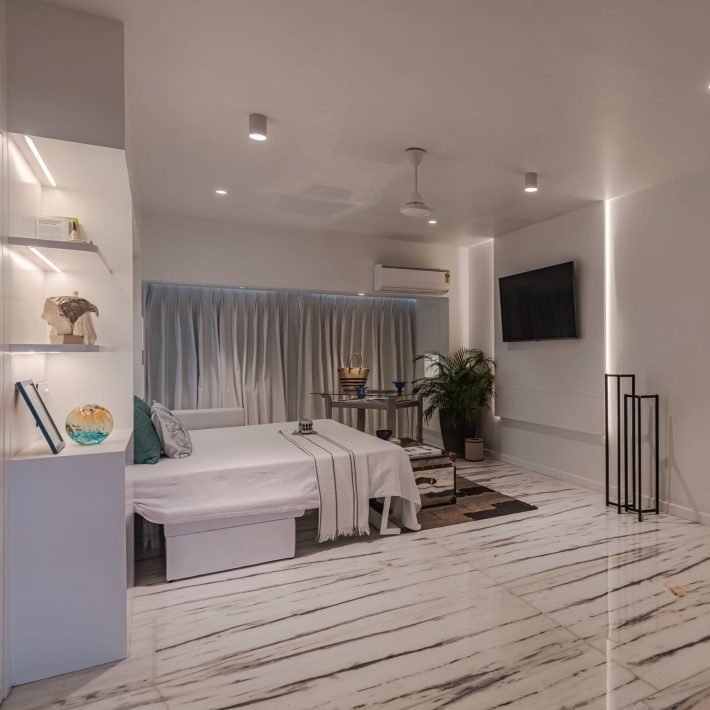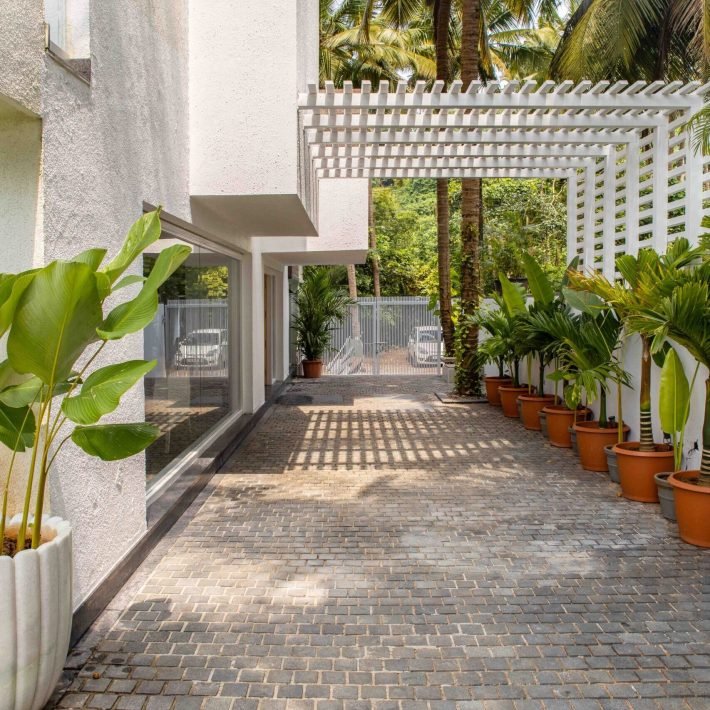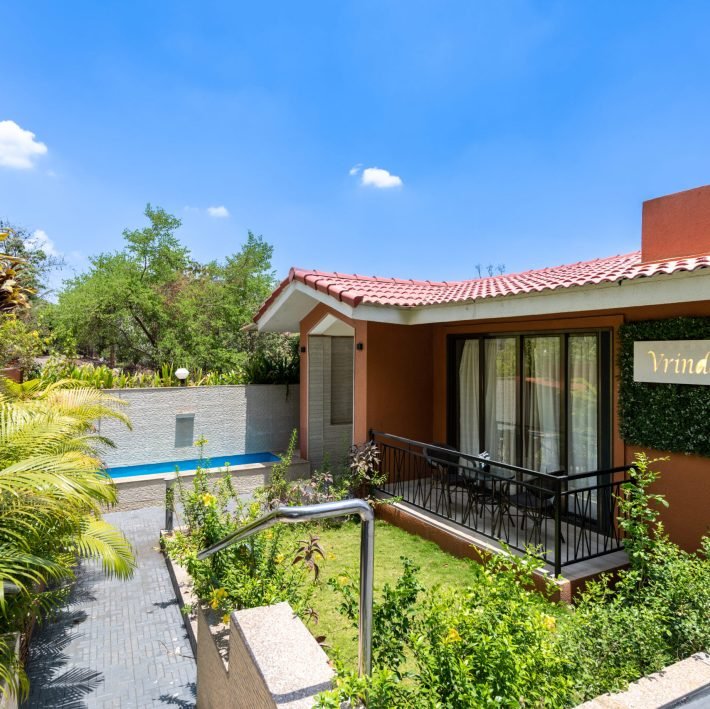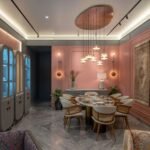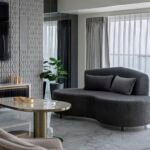Ranjeet Sharma, President and CEO, 3A Composites India Private Limited throws light on the ever increasing need to scout for right materials for fire prevention
The incidences of fire break-outs are just rising. For instance,in a city like Mumbai, the recent fire incidences show that high – rise buildings are vulnerable to fire risks. According to BMC data, from 2008 to 2020, about 57,540 fire incidents happened, out of them, from 2008 to 2018, the total number of fire in High – Rise Buildings were 1,518. Similar is a story for other cities or towns, as well.
This ever increasing concern calls for minimising fire risks, particularly in high-rise residential or commercial buildings, airports, railway stations or mass transit terminals, major sporting arenas, hospitals, schools and such other establishments. Globally, architects and developers are required to meet stringent regulations to design and build the structures and surrounding environments protective of fire hazards.
If we closely analyse the causes of fire, the usage of ‘material’ has always remained at the centre among various other reasons of fire incidences. According to the National Institute of Disaster Management (NIDM) Report on ‘Fire in India: Learning Lessons for Urban Safety’, the highly inflammable material had been the cause of major fire incidences across India and most of the fire outbreaks were worsened by the excessive use of such materials.
The best approach to prevent fires is to substitute or minimise the use of flammable materials, feel the experts.It then becomes imperative for the developers or the owners of the property to choose the right grade of building materials, which can minimize the damage to human lives and the structure in case of fire.
While choosing the right material, nowadays, the concept of ‘fire retardancy’ and the use of ‘fire retardant material’ plays a vital role. A fire retardant is a substance that is used to slow down or stop the spread of fire or reduce its intensity. This is commonly accomplished by chemical reactions that reduce the flammability of fuels or delay their combustion. Fire retardants may also cool the fuel through physical action or endothermic chemical reactions, thus reducing or eliminating the risk of serious damage to human life – which is of paramount importance.
To ensure the same, using certified fire-retardant construction material is the need of the hour. There are many ways in which a fire retardant material can put out a fire, which will depend on the type of retardant used. On this scale, the right grade of Fire Retardant (FR) Aluminium Composite Materials (ACM) proves to be the best alternative to mitigate the risk caused by fire. The FR ACM uses ‘Fire Retardant Core Material’ with adequate thickness of the external aluminium sheets. Such FR ACM help in minimising the fire causalities and have fire – resistance rating of sufficient time that allows enough time for evacuation of people and properties. This material emits negligible or virtually no toxic gases, and it does not produce flaming droplets, both of which can be deleterious for building occupants
Therefore, the key is to choose the right testing standard method for evaluation of fire propagation characteristics of exterior wall assemblies containing fire retardant material such as NFPA 285. This test has to be backed by a product test such as EN 13501-1 to ensure the product in isolation of the system can also withstand fire as per the standards.
A ‘true’ Fire Retardant ACM should ideally have a non-combustible mineral core not less than 70%, an appropriate certification from a credible third party authority. More than ever, buildings of the future not only have to comply with the highest demands on design, they also have to meet the latest technical requirements such as sustainability, energy efficiency and most importantly – fire protection.
In regular ACMs, fire spreads upwards due to a combustible cladding, thereby contributing to a full scale mishap. Furthermore, fire breaks in and out through glass leading the flames to build up and break out smoke. On the other hand, a standardised Fire Retardant or Non-Combustible Cladding Material and Systems restricts the fire spread and stops droplets from falling down to avoid further spread and harm to people and property. It also restricts smoke and toxic fumes which is a major cause of death in case of a fire.
Branded ACP materials such as ALUCOBOND haveset new standards for cladding material with certified and proven fire retardancy characteristics. The variant, ALUCOBOND PLUS which is fire retardant has minimum 70% non-combustible mineral filled core while ALUCOBOND A2 has 90% non-combustible mineral filled core. Such high performance materials are recommended in countries with most stringent fire regulations and have been time-tested since their inception for more than 40 years. Even the new colour range of ALUCOBOND Colourscapes, Concrete, Anodized Look and Grove are available in these fire retardant variants. Moreover, these also come with standard benefits and product properties of ALUCOBOND such as flatness, formability, resistance to weather and easy processing delivering brand promise. Such Fire Retardant materials prove to be the saviour in chronic fire situations to safeguard valuable assets and lives, thus justifying their raison d’êtrein the building material space.



